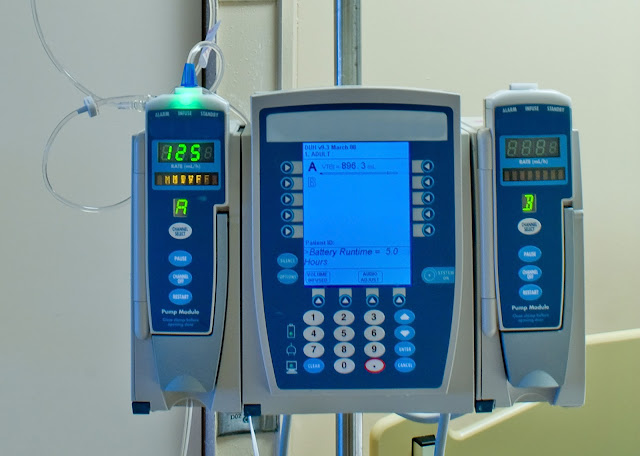Guidewires Are Wires Used During Interventional Procedures To Help Access
Guidewires are essential medical devices used in a wide range of minimally invasive procedures, enabling physicians to navigate and access specific anatomical pathways within the body. These thin, flexible wires are designed with specialized tips and come in various lengths, diameters, and configurations to suit different medical applications. Guidewire play a crucial role in interventional cardiology, radiology, vascular surgery, and other medical specialties. The primary function of guidewire is to provide guidance and support for the placement of catheters, balloons, stents, and other instruments during procedures. They are typically inserted through a small incision or a puncture site and threaded through blood vessels or other body channels to reach the targeted area. Guidewire act as a pathway, allowing physicians to deliver treatments precisely and safely.
Guidewire is commonly made of materials such as stainless steel,
nitinol (a nickel-titanium alloy), or hybrid constructions combining both
materials. Stainless steel Guidewires
offer good torque control and stiffness, while nitinol guidewire provide
excellent flexibility and shape memory. Hybrid constructions combine the
benefits of both materials, allowing for improved handling and performance.
Different type of guidewire is available to suit specific procedures and
anatomical requirements. For instance, hydrophilic guidewire have a hydrophilic
coating that becomes slippery when exposed to moisture, aiding smooth
navigation through vessels. Steerable guidewire incorporate a deflectable tip
that can be maneuvered by the physician, allowing precise navigation around
tight bends or complex anatomical structures.
Furthermore, specialty Guidewires
are designed for specific procedures, such as coronary angiography, peripheral
artery interventions, or endovascular treatments. The selection of an
appropriate guidewire depends on several factors, including the procedure type,
anatomical considerations, vessel size, and physician preference. Physicians
must consider the desired balance between flexibility, torque control,
pushability, and trackability to achieve optimal procedural outcomes.
Advancements in guidewire technology have led to the development of specialized
features and improved performance. For example, some guidewire incorporate
radiopaque markers that enhance visibility under fluoroscopy or other imaging
modalities, aiding precise positioning during procedures. Additionally,
guidewire with improved lubricity, trackability, and crossability help navigate
complex anatomical structures and challenging lesions.
Guidewires are an integral part of various procedures. In interventional cardiology, they facilitate the access and treatment of coronary arteries affected by blockages or stenosis. In radiology, guidewire assist in the placement of central venous catheters, drainage catheters, or embolization procedures. Vascular surgeons use guidewire to guide the placement of stents, grafts, or to access and treat peripheral arteries affected by disease. Guidewire are indispensable tools in minimally invasive procedures, enabling precise navigation and access to anatomical structures. Their versatility, design variations, and specialized features contribute to improved procedural outcomes across different medical specialties. With ongoing advancements in guidewire technology, these devices will continue to play a vital role in enhancing the efficiency and safety of minimally invasive interventions.




Comments
Post a Comment